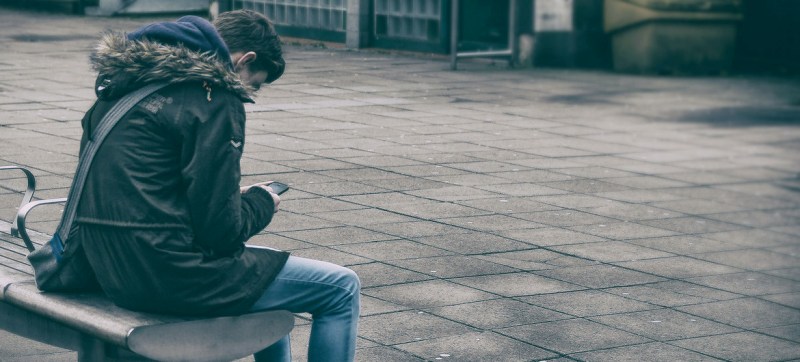 Bullying
Bullying
Violence and bullying affect one in three students, education experts warn
New York: Children face violence and bullying at school all over the world, with one in every three students subject to attacks at least once a month and one in 10, a victim of cyberbullying, the UN said on Thursday.
The warning from UNESCO, the UN organization for education, science and culture, based on 2019 data, coincides with the first International Day against Violence and Bullying at School - Including Cyberbullying, on 5 November.
“Recent attacks on schools in Afghanistan, Burkina Faso, Cameroon and Pakistan, and the assassination of teacher Samuel Paty in France, sadly underscore the critical issue of protecting our schools from all forms of violence,” said UNESCO Director-General Audrey Azoulay, in a statement.
‘Neglected, minimised or ignored’
Tackling bullying is also key to the protection of students, Ms. Azoulay continued, describing it as a “blight” that was “neglected, minimized or ignored”, even though it inflicted “physical and emotional suffering on millions of children around the world”.
Given the scale of school violence and bullying highlighted in a 2019 report by UNESCO covering 144 countries, Ms. Azoulay insisted on the need to raise global awareness and put a stop to both problems.
“As students, parents, members of the educational community and ordinary citizens, we have all a part to play in stopping violence and bullying in schools", she maintained.
Outside chance
The consequences of bullying can have devastating consequences on academic achievement, school dropout, and physical and mental health, the UN education agency said in a statement.
It defined bullying as aggressive behaviour that involves unwanted, negative actions repeated over time and an imbalance of power or strength between the perpetrators and the victims.
“Children who are frequently bullied are nearly three times more likely to feel like an outsider at school and more than twice as likely to miss school as those who are not frequently bullied,” UNESCO said. “They have worse educational outcomes than their peers and are also more likely to leave formal education after finishing secondary school.”
Cyberbullying on the rise
Highlighting that cyberbullying is on the rise, the UN organization attributed this to the COVID-19 pandemic, as more students than ever were “living, learning and socializing online”. This had led to an “unprecedented increase in screen time and the merging of online and offline worlds”, heightening youngsters’ vulnerability to bullying and cyberbullying.
While bullying is most often carried out by children’s peers, in some cases teachers and other school staff are believed to be responsible. Corporal punishment is still permitted in schools in 67 countries, UNESCO noted.
Physical bullying is the most frequent type of bullying in many regions - with the exception of North America and Europe, where psychological bullying is most common.
Sexual bullying - including hostile sexual jokes, comments or gestures - is the second most common form of harassment at school in many regions.
Although school violence and bullying affect male and female students, physical bullying is more common among boys.
A person’s physical appearance is the most common cause of bullying, students reported, followed by their race, nationality or skin colour.
Psychological abuse is more common among girls, UNESCO continued, after identifying “isolating, rejecting, ignoring, insults, spreading rumours, making up lies, name-calling, ridicule, humiliation and threats” as typical treatment.
Not a rite of passage
Dismissing the widely held belief that bullying is a rite of passage for youngsters and that little can be done to eradicate it, UNESCO insisted that dozens of countries had made great progress in addressing the problem.
A political desire for change was key, it noted, along with promoting a caring school environment, training for teachers and mechanisms to report bullying and support for affected students.
Support Our Journalism
We cannot do without you.. your contribution supports unbiased journalism
IBNS is not driven by any ism- not wokeism, not racism, not skewed secularism, not hyper right-wing or left liberal ideals, nor by any hardline religious beliefs or hyper nationalism. We want to serve you good old objective news, as they are. We do not judge or preach. We let people decide for themselves. We only try to present factual and well-sourced news.







